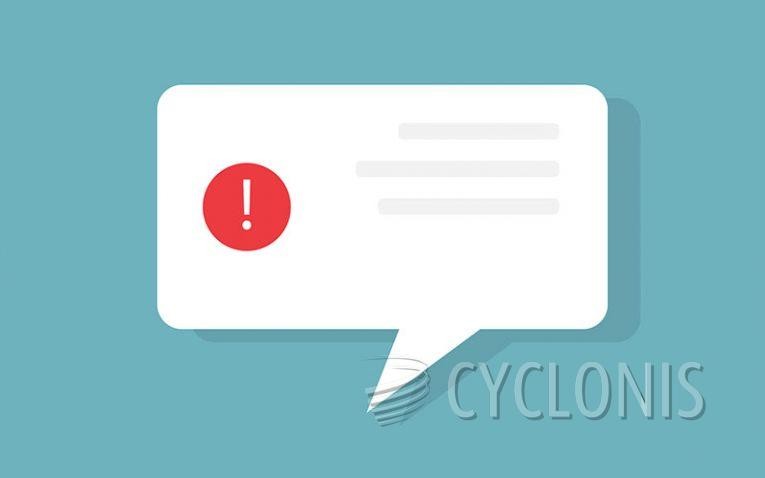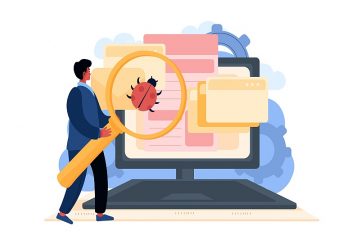AssetFrame Adware

AssetFrame is a piece of adware that can show up on Mac computers. It is believed to belong to the broader family of AdLoad adware that can affect Macs.
AssetFrame is an app that will show up in your Applications folder, along with its generic icon and generic name. There are dozens of variants of what is essentially the same adware, distributed under different names. Variants are named by stringing two words, usually nouns, together and calling it a day.
AssetFrame will not bring any productivity or workflow benefits to your Mac. Its sole purpose is to deliver ads to your system. The issue with this behavior is twofold. On one hand, this will slow down your connection and waste bandwidth. On the other hand, a lot of the ads shown through similar ad-supported apps are sourced from rogue ad networks.
Similar rogue ads can redirect to malicious or misleading websites, questionable content and potentially unwanted apps. This is why it's advisable to rid your Mac of similar adware apps.
Luckily, in most cases, doing this is as simple as dragging the adware application, whether it's AssetFrame or one of its dozens of clones, onto the Trash.








